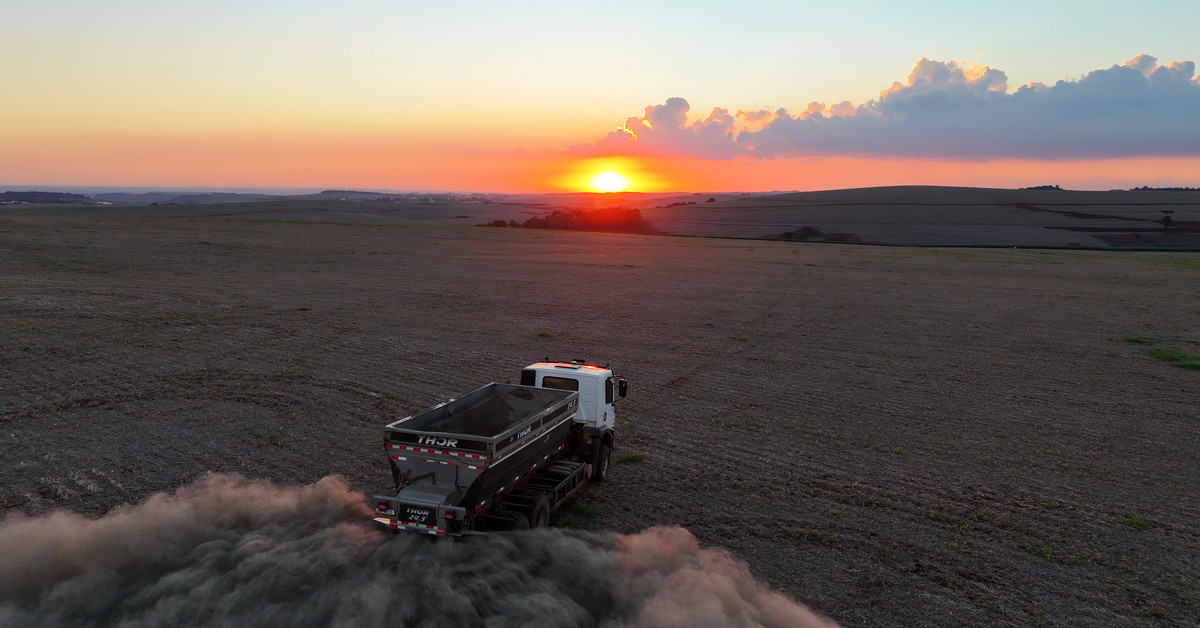Google and Terradot Join Forces for Carbon Removal
In an effort to mitigate the impact of their pollution on the climate, Google and other large corporations have invested in a plan to capture carbon dioxide using rocks. A recent announcement revealed that Google has signed multimillion-dollar deals with a startup called Terradot, backed by Sheryl Sandberg, to remove 90,000 tons of carbon dioxide from the atmosphere.
A Gaggle of Companies Join Forces
Google, H&M Group, and Salesforce are among the companies that have collectively agreed to pay Terradot $27 million for removing 90,000 tons of carbon dioxide. The deals were brokered by Frontier, a carbon removal initiative led by Stripe, Google, Shopify, and McKinsey Sustainability.
Terradot’s Enhanced Rock Weathering Strategy
Separately, Google announced its own deal to purchase an additional 200,000 tons of carbon removal from Terradot. While the company declined to disclose the cost of this larger deal, it is estimated to be around $60 million if the price per ton remains similar to the Frontier agreement.
"This is a big deal," said Oliver Jagoutz, a professor of geology at MIT. "I think it’s time for enhanced rock weathering to move out of the academic world and into the industrial world."
Terradot’s Origins
Terradot was founded by James Kanoff and Sasankh Munukutla, who met while working on a research project at Stanford University. The company grew out of this project, with the goal of developing a scalable solution for carbon removal using enhanced rock weathering.
"We’re excited to partner with Terradot, whose technology has the potential to significantly reduce greenhouse gas emissions," said Sheryl Sandberg in a press release. "Their proven leadership and focus on execution make them well-positioned for success."
Carbon Removal: A Suite of Strategies
Carbon dioxide removal encompasses various strategies aimed at reducing the amount of carbon dioxide in the atmosphere. These technologies could potentially help slow climate change by trapping some of the pollution caused by fossil fuels.
However, there are still concerns about the costs, safety, and potential delay of a transition to carbon-pollution-free energy that these technologies may pose.
Enhanced Rock Weathering: Accelerating a Natural Process
Enhanced rock weathering attempts to speed up a natural process that can take thousands of years. Rainfall naturally weathers rocks, releasing calcium and magnesium and triggering a chemical reaction that traps CO2 in water as bicarbonate.
Accelerating this process is relatively simple: crushing rocks and spreading them out over a large area increases the surface area exposed to CO2. Terradot uses basalt from quarries in southern Brazil to nearby farms, where it can be used as a natural fertilizer.
Challenges Ahead
While Terradot’s solution has shown promise, there are still challenges ahead. Measuring the amount of carbon dioxide captured is difficult, and fertilizer in the soil can limit how much carbon is sequestered through enhanced rock weathering.
"How much they sequester is still the outstanding question," said Jagoutz. "But I don’t think that uncertainty needs to stop trials in the real world."
Google’s Carbon Footprint
Carbon dioxide emissions from fossil fuels are already making heatwaves, droughts, wildfires, storms, and other climate disasters more dangerous. Google’s carbon footprint has grown as it builds out energy-hungry AI data centers.
The company has recently announced plans to help develop advanced nuclear reactors and new solar and wind farms to power its data centers with carbon-pollution-free electricity.
Switching to Clean Energy
When it comes down to it, switching to clean energy is the only effective way to stop climate change. Carbon removal, at best, is just an attempt to counteract some of a company’s legacy of pollution while they make that energy transition.
"It’s very clear that this is not a substitute for emissions reductions at all… we need both of these tools," said Kanoff. "Any of the partners we’re even thinking about working with, they have some of the most aggressive emission reduction strategies of any companies really in the world."
Conclusion
Google and Terradot’s partnership is an important step towards reducing carbon dioxide emissions. However, it’s essential to remember that switching to clean energy is still the best way to stop climate change.
By investing in carbon removal technologies like enhanced rock weathering, companies can help mitigate their legacy of pollution while they transition to a more sustainable future.
Related Articles
- Google’s Future Data Centers Will Be Built Next to Solar and Wind Farms
- Google Inks Nuclear Deal for Next-Generation Reactors
- Carbon Dioxide Emissions from Fossil Fuels Are Already Making Heatwaves, Droughts, Wildfires, Storms, and Other Climate Disasters More Dangerous

